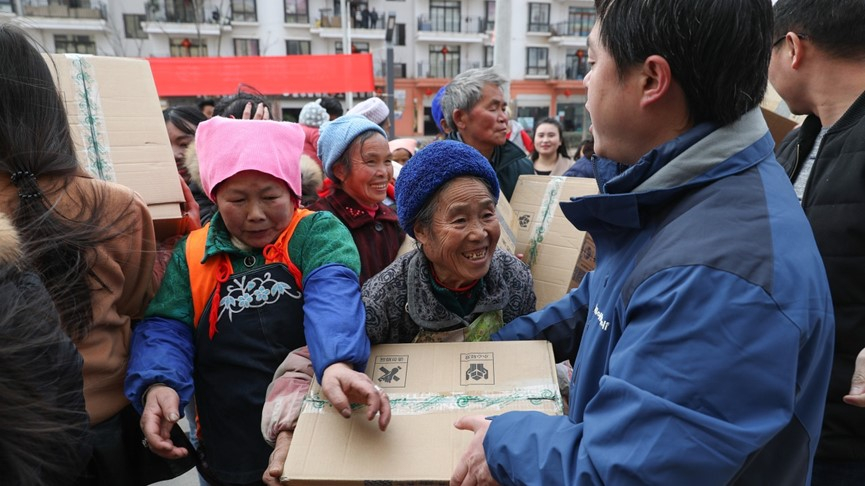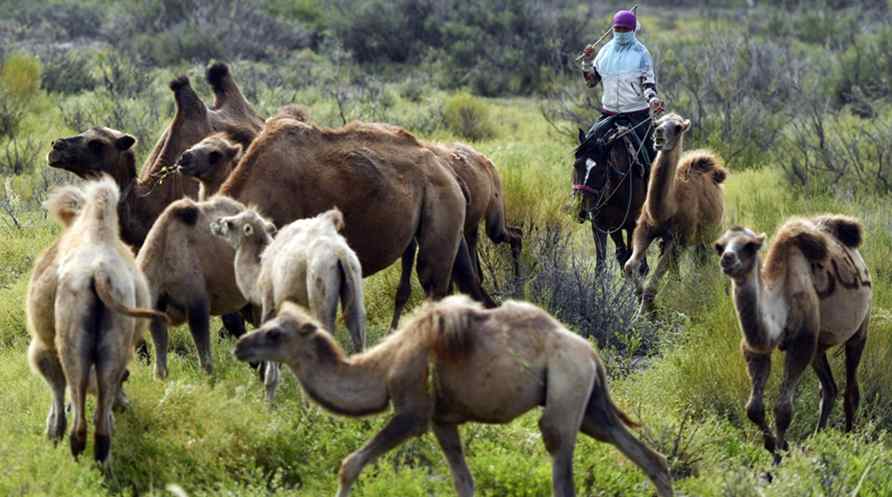
China
22:28, 06-Oct-2018
What are the 'targeted poverty alleviation' measures in Guizhou and Xinjiang?
Updated
22:16, 09-Oct-2018
Closer to China
01:09

It has been almost five years since President Xi Jinping proposed the concept of targeted poverty alleviation. Through education, relocation, industry, ecological compensation and social security, millions of households with difficulties are now living better lives.
In Huishui County, southwest China's Guizhou Province, 500 households are able to live in new houses sponsored by the relocation policy. This policy targets those who live in deteriorating places, which are not suitable for farming or prone to natural disasters, facilitating those people who are willing to move out.
"Targeted" also integrates industry and local characteristics.

A herdsman grazes camels on the banks of a lake in Fuhai County, northwest China's Xinjiang Uygur Autonomous Region. /VCG Photo
A herdsman grazes camels on the banks of a lake in Fuhai County, northwest China's Xinjiang Uygur Autonomous Region. /VCG Photo
Herdsmen in Fuhai County, northwest China's Xinjiang Uygur Autonomous Region, have become better off by raising camels and selling camel milk. Now, with the help of a dairy factory, villagers can increase their scale without worrying about sales.
These two scenarios epitomize China's efforts in targeted poverty alleviation.
China has come to the final leg of the race, which means more hard bones to crack. There's only two years until 2020, the target year for China to realize the "centenary goal" of building a moderately prosperous society in all respects, which includes the elimination of all extreme poverty.
Official data shows that China still has 30 million people living in extreme poverty.
Now all eyes are on China as Party committees and local governments work even harder to put through these measures and deliver follow-up assistance to protect poor people who have climbed over the poverty line from dipping back below it and into extreme poverty again.

SITEMAP
Copyright © 2018 CGTN. Beijing ICP prepared NO.16065310-3
Copyright © 2018 CGTN. Beijing ICP prepared NO.16065310-3